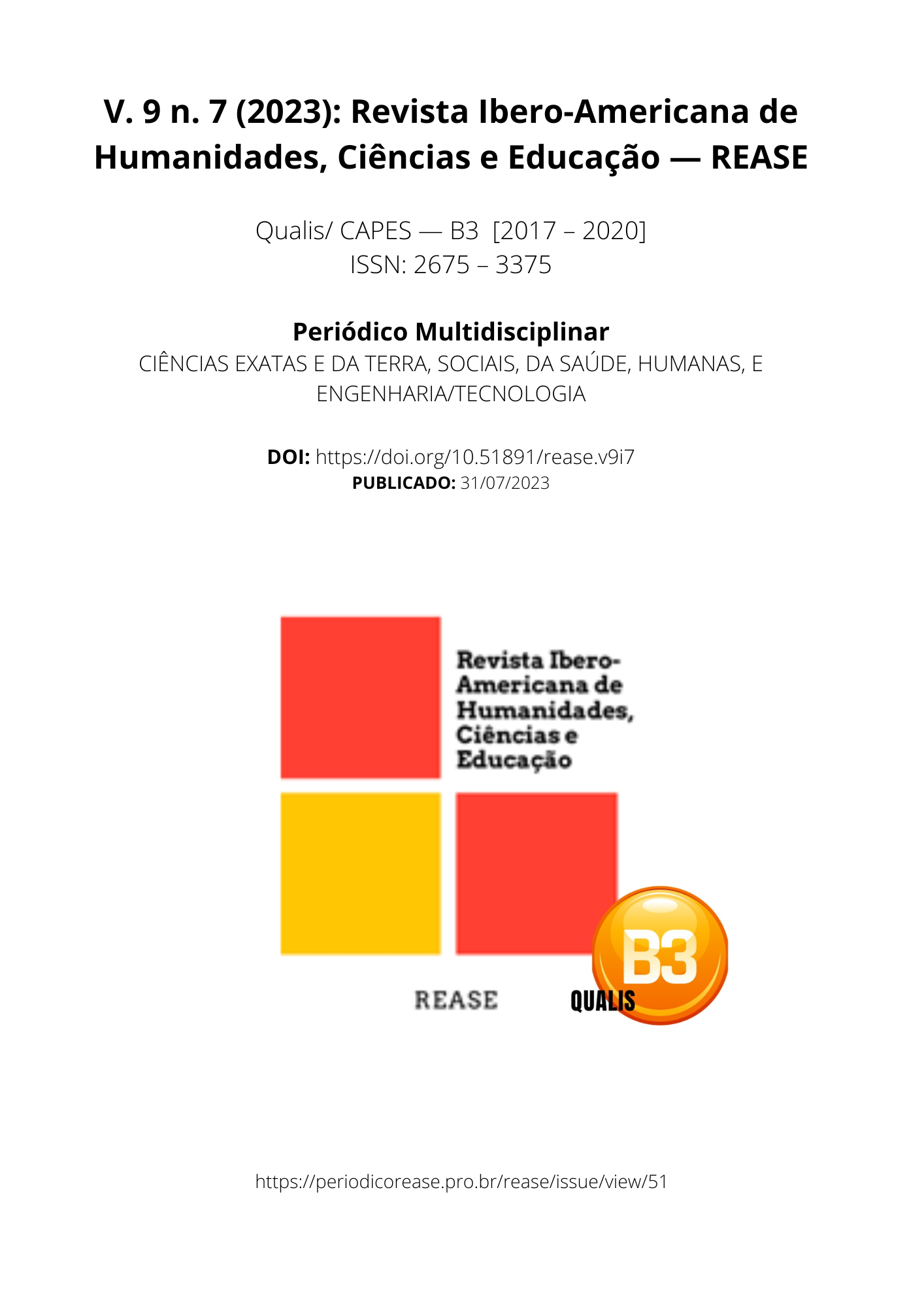APPLICATION OF THE SAFE SURGERY CHECKLIST IN A SURGICAL CENTER
DOI:
https://doi.org/10.51891/rease.v9i7.10714Keywords:
Check-list. Patient. Surgery.Abstract
Introduction: Surgical patient safety is a complex and challenging problem at a global level, where the process of implementing the checklist in safe surgery in a surgical center in the practice of health services and the filling process is a challenge for the entire multidisciplinary team Objective: to evaluate the degree of implementation of the check-list instrument, of safe surgery in surgical center rooms. Materials and Methods: This is an integrative literature review. Data were collected in the first half of 2023, using the descriptors Application of the checklist; Operating room patient; Surgery Center. Result: It is noticed that there is some difficulty in implementing the safe surgery checklist, especially when it comes to acceptance by the surgical team, where professionals fill out the checklist a few times, therefore, patient safety ends up being a challenge for nursing, making it necessary to be attentive to the planning, organization and strategies to involve the entire team, so that everyone understands the importance and benefits of this tool. Conclusion: It is important for the nurse and the coordinator of the list to master how to carry out the check and to know how to conduct all proposed steps responsibly and ethically, in addition to emphasizing the responsibility of each participating professional. Communication is essential for the smooth running of the procedure and the checklist makes this happen in the best possible way.
Downloads
Downloads
Published
How to Cite
Issue
Section
Categories
License
Atribuição CC BY

